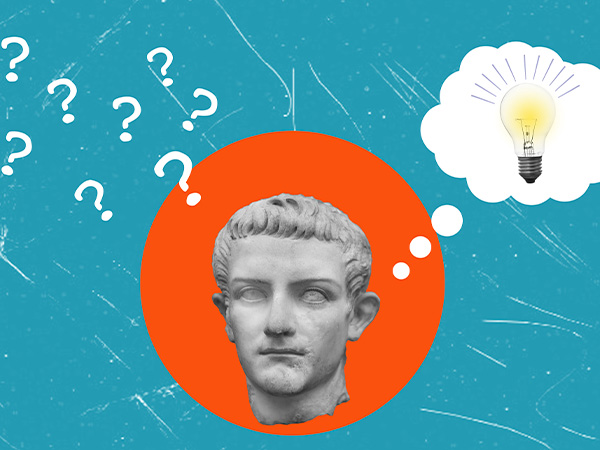The See-Think-Wonder strategy promotes observation and reflection through a structured approach to exploring visual stimuli. This strategy also encourages critical thinking by guiding students to observe carefully (See), interpret their observations (Think), and generate questions (Wonder) about the subject matter. As they progress through these steps, students develop their ability to notice details, make inferences, and ask insightful questions, deepening their understanding while fostering curiosity and analytical thinking.






